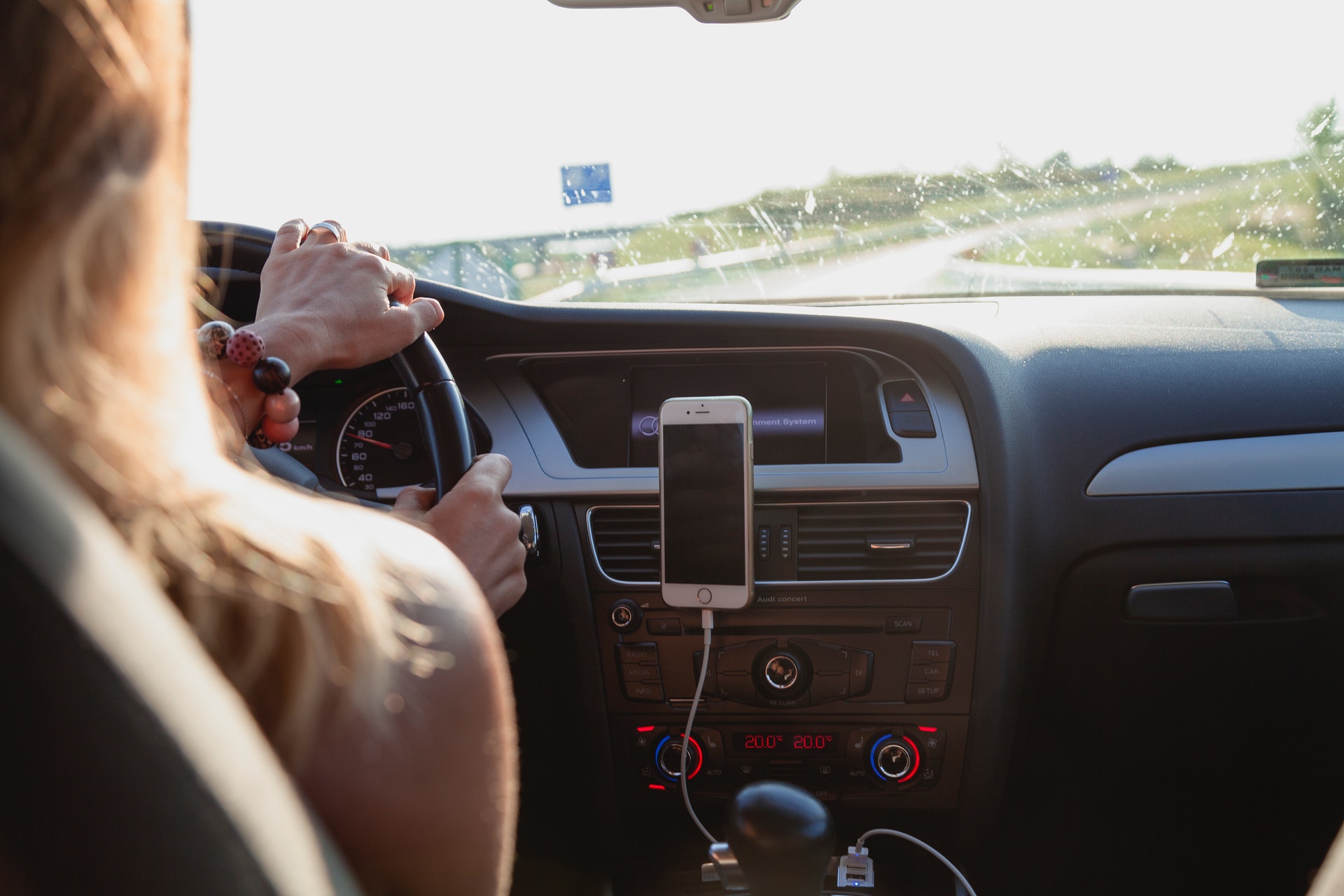
In the US, there are more than 37,000 fatalities and more than 2.35 million injuries associated with auto accidents each year. Whether you’re a seasoned driver or a novice, the fact that vehicles are dangerous pieces of machinery doesn’t change, and we all have room for improvement. Here are some ways we can become better drivers.
Understanding ‘High Risk’
First of all, it helps to understand what a “high risk” driver actually is. “The ‘high risk’ label is for drivers who have negative infractions attached to their driving record. It could be tickets, traffic violations, auto accidents, or convictions for driving while under the influence. If you fall under this description, it doesn’t mean that you can’t ever be a good driver. However, it’s essential that you go through the steps to get adequate auto insurance coverage.
Changing Bad Habits
A lot of how well you drive comes down to habits, and like any habits in life, you can change your driving habits. Here are some examples of adopting good driving habits:
- Never drive while under the influence or sleepy
- Cut out distractions (e.g., cell phone, radio, maps, etc.)
- Don’t speed
- Learn defensive driving
- Learn how to properly merge in traffic
Driving safely is also critical for fleet drivers. Some safety responsibility is up to the fleet company, but much of it is up to those driving the vehicles. For instance, fleet drivers should always adhere to company safety policy and consistently seek to improve through training and coaching. Also, you should never drive a fleet vehicle if you know it is out of maintenance.
Knowing Your Vehicle
Finally, every driver should know the capabilities of their vehicle. Do your research on the make and model of your car so that you can understand the pros and cons, as this can help you avoid certain problems on the road. For example, the Honda Accord provides drivers with exceptional outward visibility and secure brakes but has received criticism for its low seat position and confusing controls.
The best drivers are the safest drivers; that’s what good driving really comes down to. Make sure you understand what being a high-risk driver is, and take the necessary steps to get good insurance coverage. Change any bad driving habits you may have, and learn about the pros and cons of your vehicle. Becoming a better driver will go a long way in helping you and other drivers on the road get from point A to point B safely.
Photo Credit: Pexels


